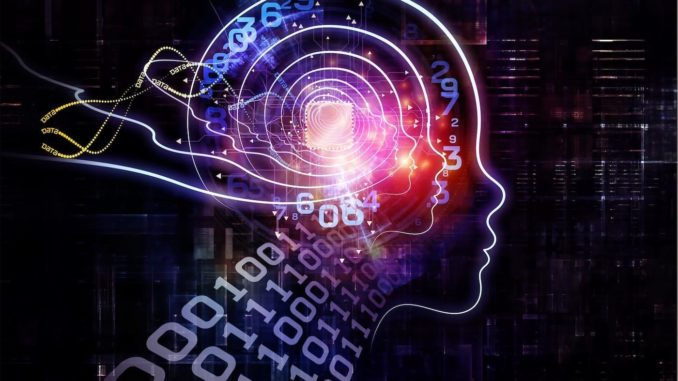
In the last ten years, AI systems have developed at rapid speed. From the breakthrough of besting a legendary player at the complex game Go in 2016, AI is now able to recognize images and speech better than humans, and pass tests including business school exams and Amazon coding interview questions.
Last week, during a U.S. Senate Judiciary Committee hearing about regulating AI, Senator Richard Blumenthal of Connecticut described the reaction of his constituents to recent advances in AI. “The word that has been used repeatedly is scary.”
The Subcommittee on Privacy, Technology, and the Law overseeing the meeting heard testimonies from three expert witnesses, who stressed the pace of progress in AI. One of those witnesses, Dario Amodei, CEO of prominent AI company Anthropic, said that “the single most important thing to understand about AI is how fast it is moving.”
It’s often thought that scientific and technological progress is fundamentally unpredictable, and is driven by flashes of insight that are clearer in hindsight. But progress in the capabilities of AI systems is predictably driven by progress in three inputs—compute, data, and algorithms. Much of the progress of the last 70 years has been a result of researchers training their AI systems using greater computational processing power, often referred to as “compute”, feeding the systems more data, or coming up with algorithmic hacks that effectively decrease the amount of compute or data needed to get the same results. Understanding how these three factors have driven AI progress in the past is key to understanding why most people working in AI don’t expect progress to slow down any time soon.
